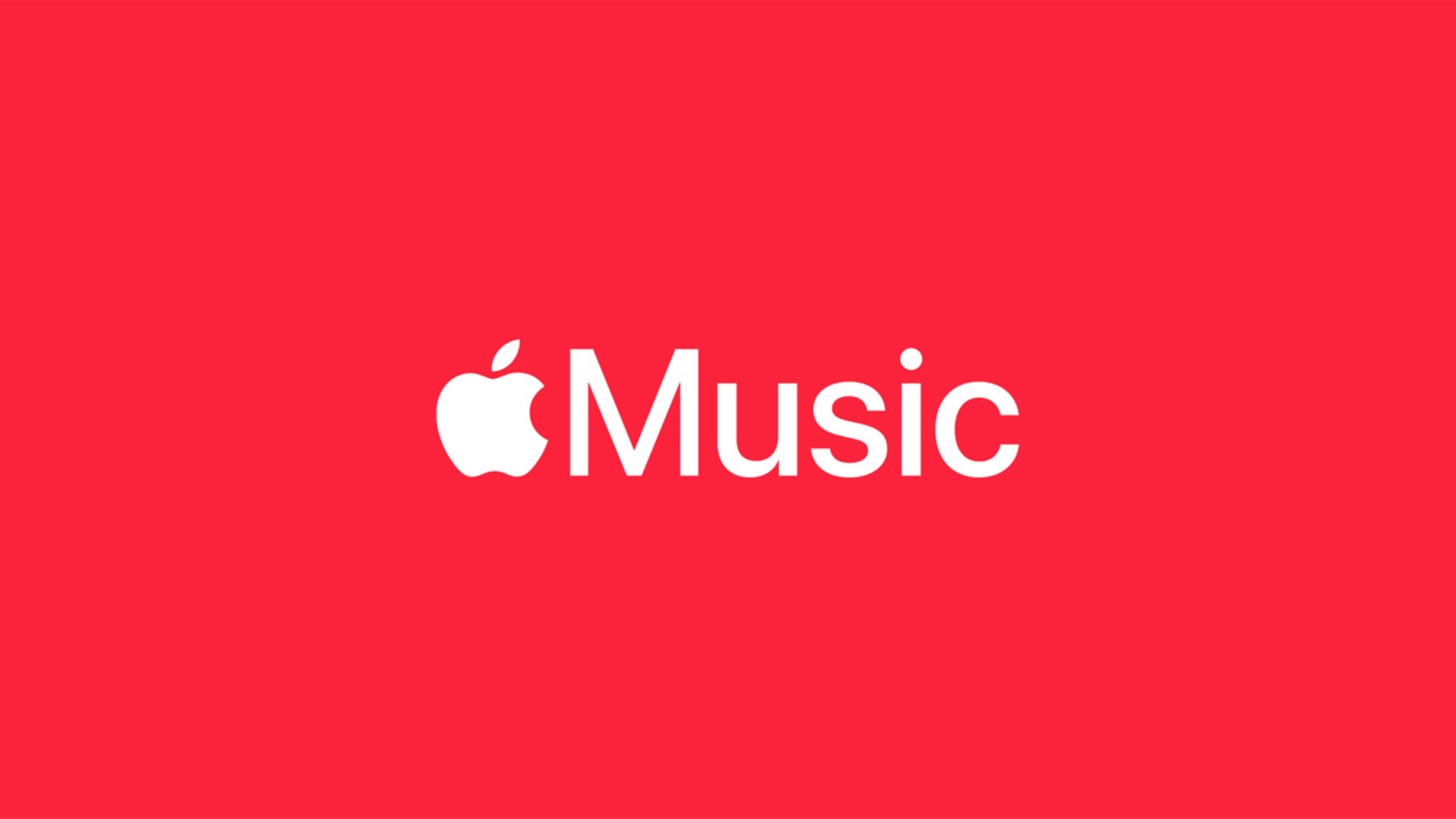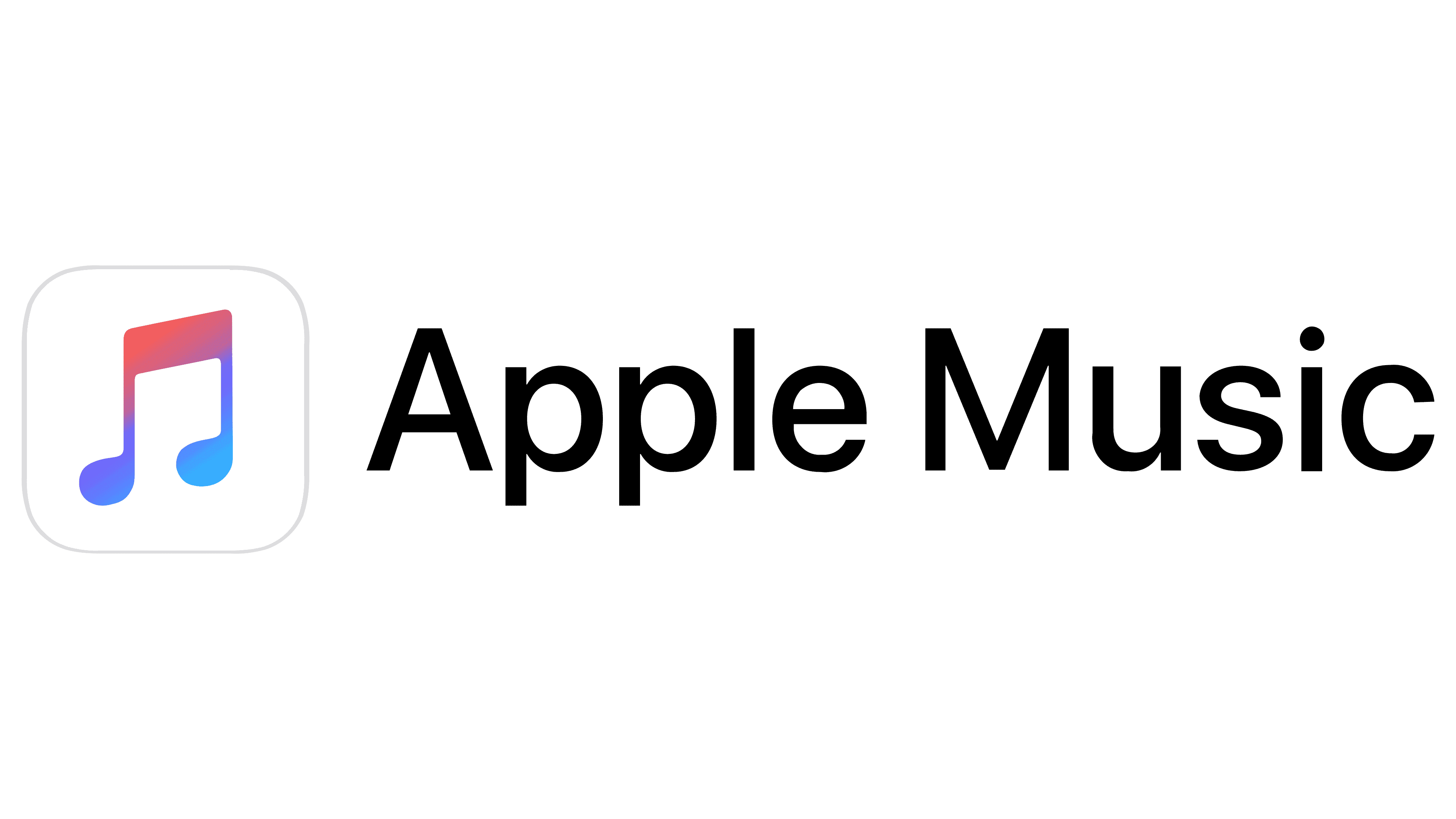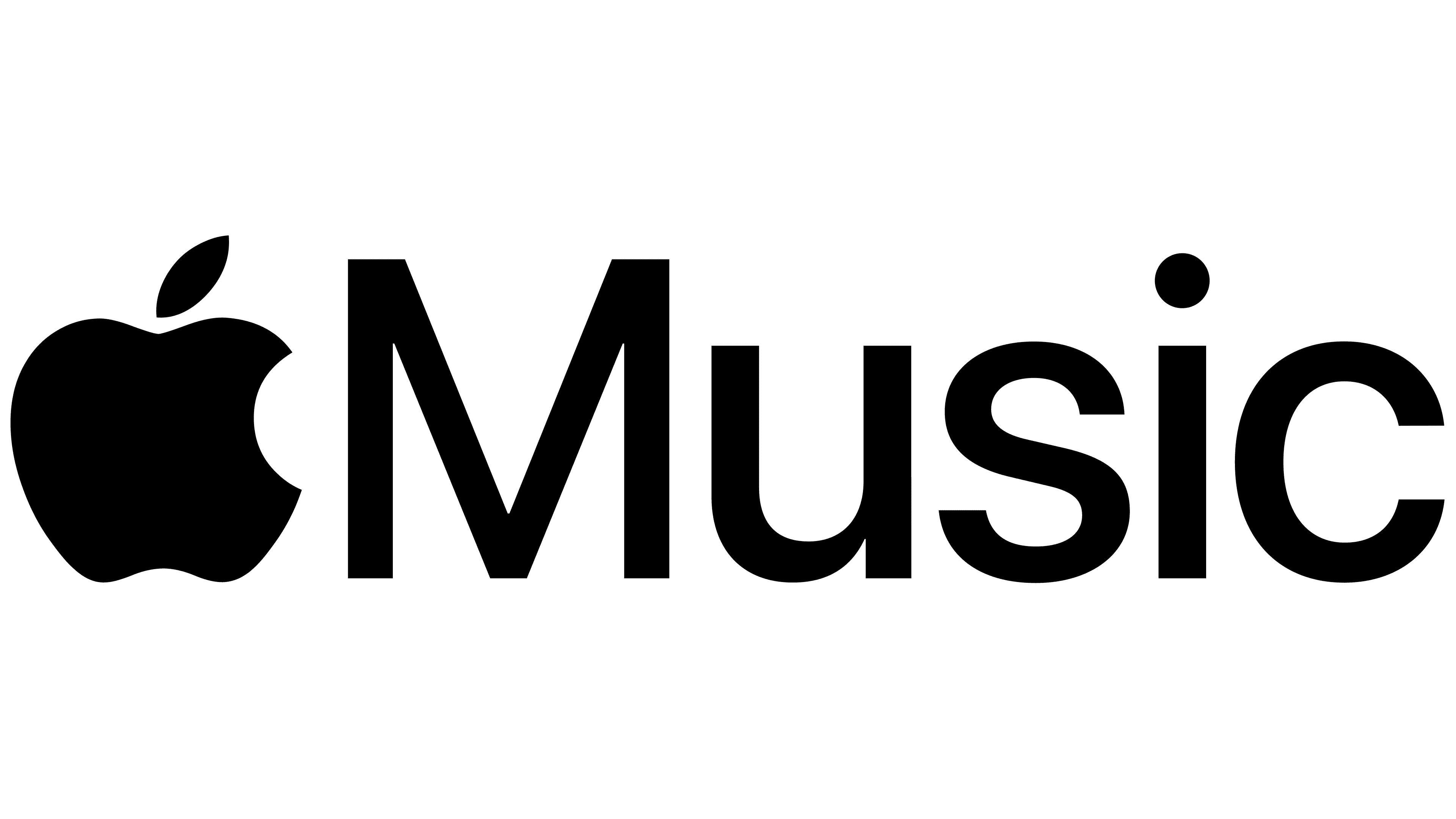Apple Music - Exploring Your Listening World
When it comes to enjoying your favorite tunes, finding the right way to listen can feel like a big decision. Many people, it seems, turn to services like Apple Music for their daily dose of sound. This platform, you know, has its own particular way of doing things, and it comes with a history rooted in how we used to get our digital songs.
For anyone thinking about trying it out, or perhaps for those who already use it but want to get a better handle on its quirks, there are some interesting points to consider. From how it behaves on different kinds of computers and phones, to the special deals you might find, and even how you can move your personal music around, there's quite a bit to talk about. It’s a bit like getting to know a new friend, really, understanding their habits and what makes them tick.
We’ll take a closer look at some common questions and experiences people have shared about this music service. So, whether you’re wondering about its look on a desktop, how it manages your song collections, or even how it stacks up against other popular choices, we’ll try to shed some light on what you might encounter. It's all about making your listening time as smooth and enjoyable as possible, isn't it?
Table of Contents
- What's the Deal with Apple Music on Different Computers?
- Is Apple Music Easy to Understand?
- Can You Really Save Money with Apple Music?
- What's Apple Music Like on Android Phones?
- Getting Your Songs Just Right - Apple Music Features
- Moving Your Music Around - How Flexible is Apple Music?
- Apple Music's Performance Compared
- Personal Stories with Apple Music
What's the Deal with Apple Music on Different Computers?
When you think about listening to Apple Music on a Windows computer, it's a bit of a different story compared to how it works on Apple's own machines. For Windows users, the main way to get to Apple Music on your desktop is through a program called iTunes. This software, you know, has been around for quite some time, and in some respects, it seems to have paused its regular improvements. It’s almost as if it’s been left to its own devices for a while.
So, if you open it up, you might find that the way it looks doesn't quite catch the eye in the same way modern applications do. It has, in a way, a style that reminds you of a bygone era, perhaps even the last century. This can feel a little out of place next to other programs you might be using today, which are often sleek and very up-to-date in their appearance. It’s just a little bit of a visual throwback, isn't it?
The Look and Feel of Apple Music on Windows
The experience of using Apple Music through iTunes on a Windows machine can, in some respects, feel like stepping into a time capsule. The way the menus are set up, the overall design, and even the responsiveness might not match what people have come to expect from today's software. It’s not that it doesn’t work, but rather that its visual presentation and general flow suggest a design philosophy from an earlier period. This might make some users feel that their listening experience is a bit less polished than it could be, especially if they are used to other, more contemporary, music applications. It’s a very particular kind of feel, that.
Is Apple Music Easy to Understand?
For some folks, getting started with Apple Music might feel a little different from using other music players they’re familiar with, especially some of the ones popular in certain parts of the world. The way it's set up, the method it uses to organize your tunes, has its own particular flow. But here’s the thing: once you get a good grasp of a few key ideas, your questions just sort of sort themselves out. It’s like learning the rules of a new game; once you know them, everything else falls into place, usually.
One of the most important things to know is that Apple Music, in its very essence, grew out of iTunes. So, if you’ve ever used iTunes, you might recognize some of the foundational elements. The idea of a "library," for instance, is quite central to how Apple Music operates. It’s where all your songs, whether you bought them, added them from a CD, or streamed them, live together. Understanding this concept is pretty much the first step to feeling comfortable with the service. It’s, you know, a very basic building block.
Getting to Grips with Apple Music's Core Ideas
The core concept of how Apple Music handles your collection of songs, often called the "library," is pretty important. It’s where all your music, no matter where it came from, is stored and organized within the application. This is a bit different from some other services that might focus more on playlists or just streaming. So, to really get comfortable with Apple Music, it helps to spend a little time understanding how this library works and how your music fits into it. Once that clicks, you'll find it much simpler to manage your listening experience. It’s actually quite straightforward, once you see it.
Can You Really Save Money with Apple Music?
When it comes to the cost of using Apple Music, there are some options that can make it quite affordable for certain groups of people. For example, there's a special price for students, which is pretty appealing. In some places, like the Hong Kong region, this student deal for Apple Music also comes with access to TV+ content, all for a really good deal on the cost. That’s a rather nice bonus, isn't it?
And if you’re thinking about how to pay for it, some regions, like Hong Kong again, offer simpler ways to pay for it compared to other places. This can make the whole process of getting signed up and keeping your subscription active much less of a bother. It’s often about making things as smooth as possible for the user, and easier payment methods certainly help with that. So, that’s something to consider.
Student Offers and Apple Music
If you happen to be a student, Apple Music has specific subscription plans that are much cheaper than the regular ones. To get this special price, you usually go through the official page or look for the "student" option within the music application itself. There's usually a step where you need to confirm your student status, often by providing your school's name. It's a fairly simple process, and it can lead to a good amount of savings each month. This makes Apple Music quite accessible for those who are still studying, which is really helpful.
What's Apple Music Like on Android Phones?
Many people wonder about the experience of using Apple Music on an Android phone, since it's typically associated with Apple's own devices. Well, Apple Music does have a version for Android, and it's interesting to see how it performs there. People often ask about things like how quickly new features show up on the Android version compared to the Apple one, how smoothly the application runs, and how easy it is to get updates or download songs. These are all pretty important points for anyone considering it, right?
The Android Experience with Apple Music
The general feel of Apple Music on an Android device is, in some respects, quite comparable to its performance on Apple's own hardware. Users often find that new capabilities are added to the Android application at a reasonable pace, keeping it up-to-date with what’s available elsewhere. The application usually runs without much trouble, offering a smooth listening experience. Getting the application and its updates is typically straightforward, often through the usual application stores. It’s generally a pretty solid experience, actually, for those who prefer Android phones.
Getting Your Songs Just Right - Apple Music Features
A little while ago, if you were using Apple Music in certain regions, like China, you might have noticed that the words to your songs didn't show up. But now, that ability to see the words to your songs has become available, which is a rather welcome addition for many listeners. If you're still not seeing them, it's usually a good idea to make sure your device's operating system is up-to-date and that your Apple Music subscription is active. These are typically the main things that need to be in order for features like this to work. So, it's worth checking those.
Finding Lyrics in Apple Music
The ability to see the words to your songs while listening is a feature that many people appreciate. For Apple Music users, this capability is now generally available. If you're having trouble seeing the lyrics, a couple of simple checks can often resolve it. First, make sure your device's operating system is a recent version, usually iOS 10.0 or later. Second, confirm that your Apple Music subscription is current and active. Once these conditions are met, the song words should appear, allowing you to follow along with your favorite tunes. It’s usually pretty simple, actually.
Bringing Your Own Tunes to Apple Music
Sometimes, you might find a song or a live performance somewhere else, like on a video site, that isn't in Apple Music's main collection. If you have those songs as files on your computer and want to add them to your Apple Music library, it's usually possible. For those using a Windows 10 computer, for instance, you can typically open the application, and there are ways to bring your local music files into your collection. This means you can have all your preferred songs in one place, even if Apple Music doesn't offer them directly. It's a pretty handy feature, really.
However, getting the words to your local songs to show up in Apple Music can be a bit of a bother. If you've already brought your own music files into Apple Music using iTunes, but the words aren't appearing, finding a direct way to get them to sync up isn't always clear. It seems that while importing the music itself is straightforward, adding the accompanying words can be a separate challenge. So, that's something to keep in mind if you're hoping for a complete experience with your personal collection.
Moving Your Music Around - How Flexible is Apple Music?
Trying to shift your carefully put-together music collections from Apple Music over to another service, like NetEase Cloud Music, can be a bit of a puzzle. It’s not always as straightforward as you might hope, is that right? So, after a bit of figuring things out, one way that seems to work involves a few steps on your computer. It’s a process that some people have found to be effective, even if it requires a little bit of effort to get things sorted. It’s actually pretty doable, once you know the steps.
Transferring Apple Music Playlists
To move your collections of songs from Apple Music, one method involves using iTunes on your computer. You would typically open iTunes, go to the upper left part of the screen, click on "File," and then choose "Library." From there, you should find an option to "Export Playlist." This action will usually create a simple text file that lists all the songs in your chosen collection. Once you have this file, you can often just move it directly into the other music service you want to use. It’s a pretty practical way to do it, really, though it does take a few clicks.
Keeping Your Apple Music Library Safe
If you ever want to change the account you use for your application store on your phone, but you also want to make sure your Apple Music song collection and any downloaded music stay put, there’s a way to do it. You can usually go into your phone's settings, find the storage space section, and then look for the Apple Music application. There should be an option there that lets you manage its data, helping you keep your music even when you switch accounts. It’s a very handy trick for keeping your tunes, you know, right where you want them.
Making Your Apple Music Songs Play Anywhere
Sometimes, you might want to change your Apple Music songs into a format that can be played on almost any device, like an MP3 file. There are tools available that can help you do this. For example, some people have used programs that can change not just Apple Music songs, but also audio from iTunes and even spoken books into widely playable formats. This can be really convenient if you want to listen to your music on devices that aren't directly linked to Apple Music, or if you just prefer to have your songs in a more common file type. It’s actually quite simple to do with the right tool.
Apple Music's Performance Compared
When you think about how much of your device’s working memory, or RAM, a music application uses, Apple Music generally tends to be on the lighter side. It usually takes up a certain amount of memory, which is less than what some other popular music services might use. For instance, it typically uses less memory than some other well-known music applications. This can be a factor for people who have devices with less memory or who like to run many applications at once. So, it’s a fairly efficient option in that regard.
How Apple Music Uses Your Device's Resources
To give you a clearer picture, Apple Music usually takes up somewhere between 200MB and 400MB of your device's working memory. In comparison, another popular music application might use between 350MB and 750MB, and yet another could use even more, perhaps from 800MB up to 1.05GB. So, when you look at these numbers, Apple Music generally requires less of your device’s immediate resources. This means it might run a bit more smoothly or allow your device to handle other tasks more easily while music is playing. It's actually a pretty good indicator of its efficiency.
Personal Stories with Apple Music
For some individuals, the decision to use Apple Music came down to a few key things. For example, some people were really drawn in by the very good deal on the

Apple Music: Features, Devices, Pricing, Lossless, and more

Apple Music Logo, symbol, meaning, history, PNG, brand

Apple Music Logo, symbol, meaning, history, PNG, brand